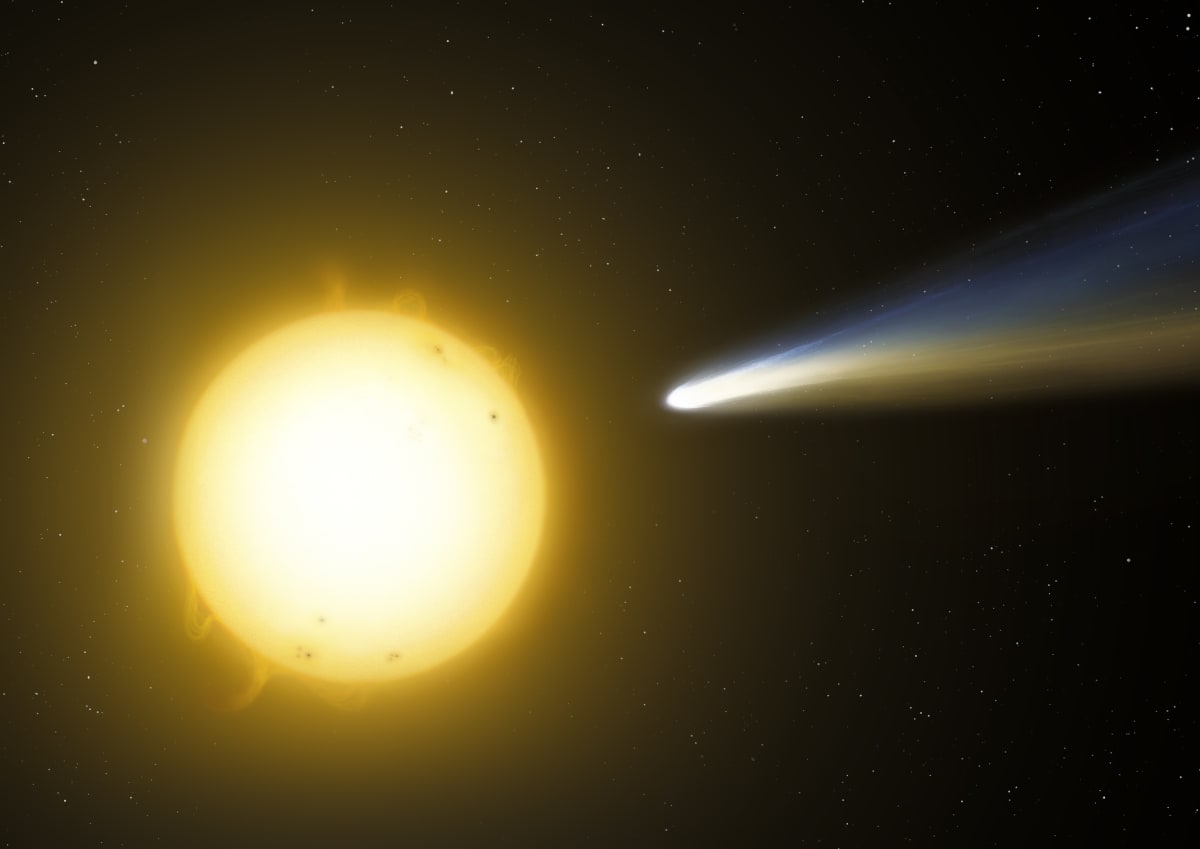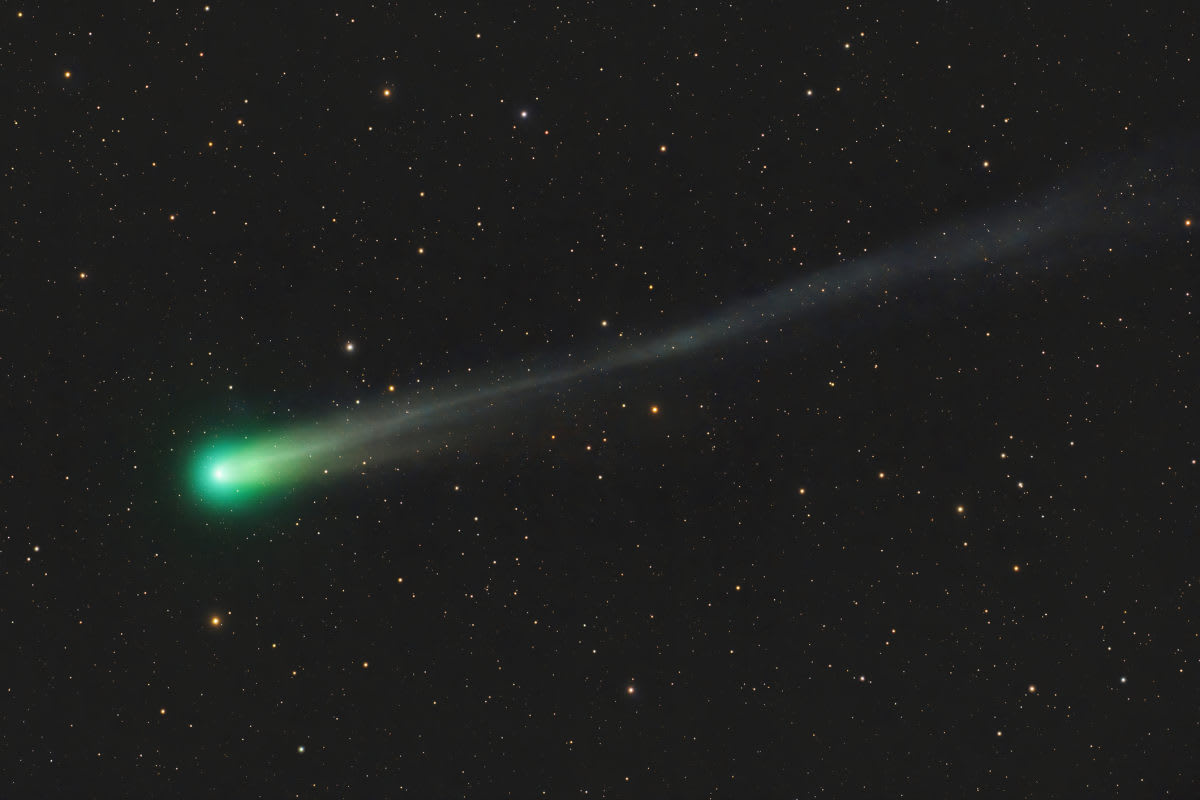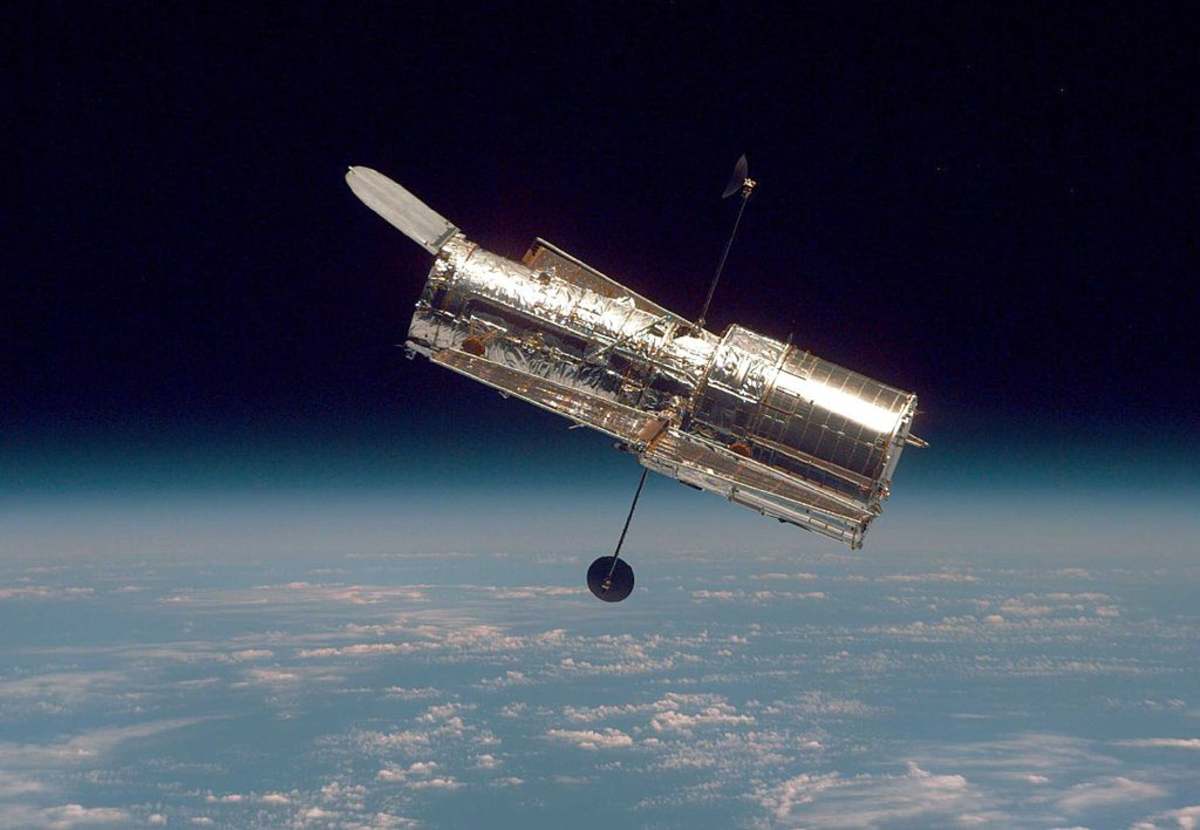This Popular Comet Is Nearing the Sun and Will Soon Exit Our Solar System Forever

The story began about 4.6 billion years ago, when a monstrously giant cloud of dust and gas collapsed under its own gravity. Sun took the center stage and soon enough Earth and its neighborhood planets started spinning in their orbits, performing the celestial ballet, bathed in the sunny spotlight. Our solar system, a household nestling in the starry lap of the Milky Way, often receives celestial guests from neighboring stars, galaxies, and solar systems. Think Oumuamua or Borisov, the wolf-like comet recorded in 2017. Lately, 3I/ATLAS, the celebrity guest, is getting all the attention. 3I/ATLAS, the showstopper, was first spotted in May 2025. According to an update by NASA, this interstellar guest is rapidly advancing towards the Sun and is about to depart our solar system very soon.

NASA’s Hubble Space Telescope detected a teardrop-shaped cocoon of dust and ice trailing away in the galactic field, orbiting in a hyperbolic trajectory on a backdrop of stationary, glittering stars. On August 27, the comet was observed once again by the Gemini South Telescope in Chile, operated by the National Science Foundation. This time, the mysterious visitor was at a distance of just 1.4 astronomical units away from the Sun, which was surprising.
Comet 3I/ATLAS is the third known object from outside our solar system to be discovered passing through our neighborhood. ☄
— NASA Solar System (@NASASolarSystem) September 15, 2025
Track its current and future position using our "Eyes on the Solar System" interactive. Here it is passing near Mars in October: https://t.co/CxUyJD1GOX pic.twitter.com/uyiXD48a2Y
Comets, the ancient objects left over from the formation of the solar system billions of years ago, are gigantic balls of gas, dust, and ice that orbit the Sun with their long, streaming tails fluttering behind, like those of galloping horses, per NASA. During its life journey, a typical comet whizzes around or near its home in the Kuiper Belt or Oort Cloud. But when the gravity of a planet like Earth, or a star like the Sun, exerts too much pull, the comet gets detached from its home and starts a trip into the inner solar system. That’s when the drama begins, and the comet starts orbiting in the solar system. Most comets live, orbit, and die only within the bounds of this inner solar system. 3I/ATLAS, however, seems to have bigger life goals.

In early July, NASA scientists noticed that the freewheeling comet was already nearing the halfway point on its tour of our solar system. The comet’s direction indicated that it was coming in the mood to say bye-bye and depart on a journey into another solar system, another galaxy, maybe. This Wednesday, October 29, it will buzz past the closest point to the Sun, called perihelion, before venturing off into another neighborhood.

NASA’s space exploration vehicles, like Europa Clipper, are continuously following the visiting guest, which is currently at roughly the same distance from Jupiter as it is from the Sun. Interestingly, the comet has grown a large ion tail too. As it hurtles towards the Sun, saying goodbye, the interstellar neighbor’s tail seems to be emitting an unusually dazzling glow, the finale of its long, adventurous voyage through our solar system. Gratefully enough, the guest is not departing without leaving a treasure of cosmic information for the scientists to explore and investigate.
Comet 3I/ATLAS doesn't pose a threat to Earth, but it does provide NASA scientists and spacecraft with a rare opportunity to study an interstellar comet as it passes through our solar system. ☄ https://t.co/B1MkBRZuT4 pic.twitter.com/wAmBUEte8l
— NASA Solar System (@NASASolarSystem) September 30, 2025
Packed within the body of 3I/ATLAS is a library of chemistry mysteries that scientists anticipate will reveal a coterie of stunning insights about the workings and mathematics of our solar system, as well as about our neighboring systems. While most comets don’t sublimate until they reach the inner solar system, this one is ejecting showers of dust, gas, and water long before the scheduled time.

3I/ATLAS seems to be on a mission to win the “Comet Atypical of the year” award before leaving our solar system. The closer it approaches the Sun, the radiation from the star heats the ice on the comet’s body, weakening its nucleus. As for now, a dozen NASA assets are concentrated on capturing its path as it zips its way out of our solar system, probably forever.
More on Green Matters
NASA Satellite Captures the World’s Highest River in Tibet Changing Its Shape Due to Climate Change
NASA Astronaut’s Helmet Camera Accidentally Recorded a Stunning View of Earth From Space
NASA Astronauts Are Growing Plants in the International Space Station — but How Do They Water Them?